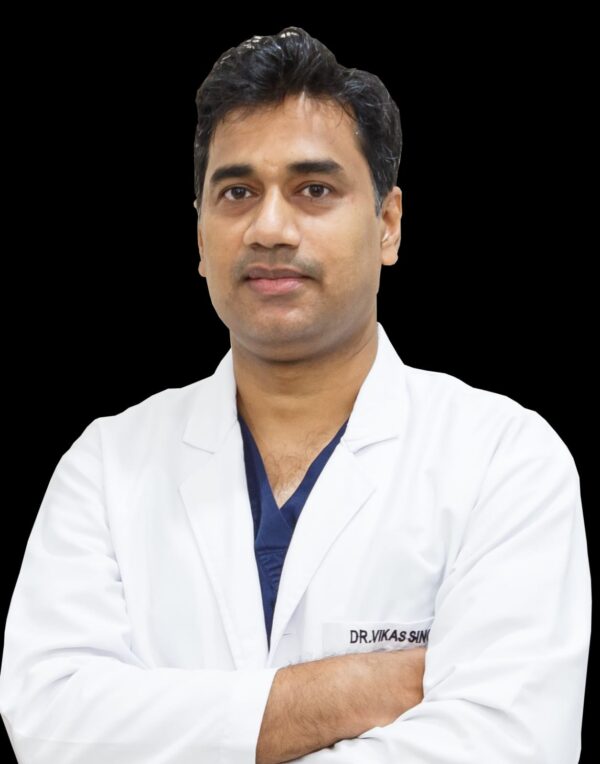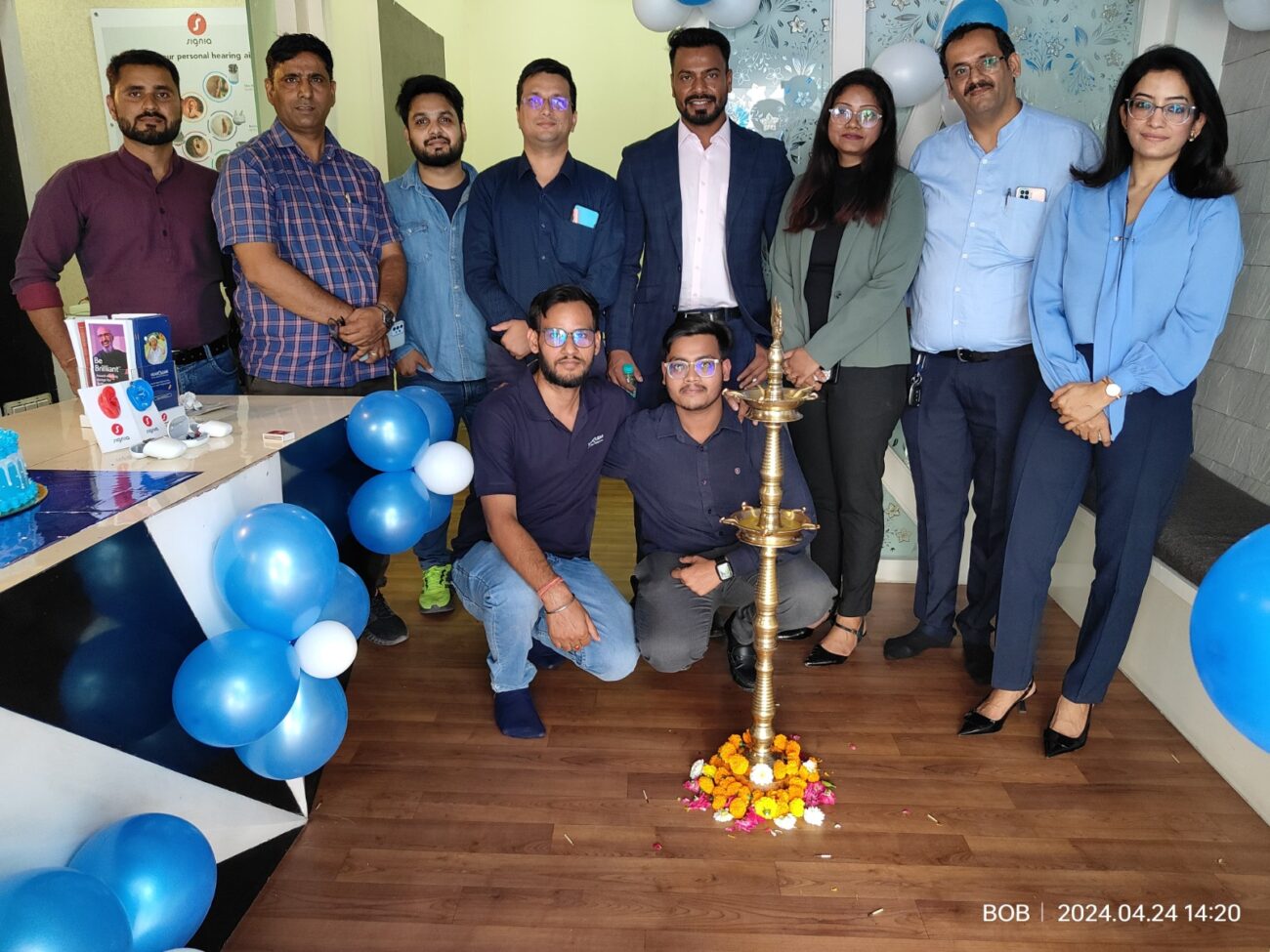World Heart Day | BPL Medical Technologies
Dr. Vikas Singh MBBS(Hons) Gold Medalist MD (Medicine), DM (Cardiology) FACC, FSCAI, FAPSIC Consultant Intervention Cardiologist Daksh Heart Care, Patna. Dr. Vikas Singh in an interview with BPL briefly talks about hypertension and cardiovascular diseases, and ways to keep the heart

Dr. Vikas Singh
MBBS(Hons) Gold Medalist
MD (Medicine), DM (Cardiology)
FACC, FSCAI, FAPSIC
Consultant Intervention Cardiologist
Daksh Heart Care, Patna.
Dr. Vikas Singh in an interview with BPL briefly talks about hypertension and cardiovascular diseases, and ways to keep the heart healthy.
Issued in public interest by

Q1. What is the relationship between hypertension and heart diseases?
- According to an article published by the National Library of Medicine, high blood pressure (BP) is one of the most important risk factors for cardiovascular disease (CVD), which is the leading cause of mortality. An individual with hypertension is almost 10 times at a higher risk of being affected by a heart attack, stroke or paralysis, brain haemorrhage, or chronic kidney disease such as kidney failure at some point in their life. That’s because the blood throughout our body exerts a certain pressure and is directly linked to our organs, and when the blood pressure exceeds the normal range, it may have adverse effect on our health. Therefore, it is recommended by American Heart Association to keep a blood pressure which is ideally in the range of 120/80 mm Hg. While having an ideal blood pressure is a good goal for most people, factors like age, sex, family health history or any other underlying health conditions will define the ideal blood pressure range to aim for. Discussing the same with a certified physician is the best way to determine the ideal BP range.
Q2. What are the symptoms & signs of hypertension? And how can we check our blood pressure?
- Hypertension is also known as the silent killer because it usually has no warning signs or symptoms, and many people don’t realise they have it. However, some individuals with hypertension experience some signs such as frequent headaches, chest tightness, shortness of breath while exercising, Fatigue, Nausea, Indigestion, Heart burn, feeling of restlessness, pain which spreads to arm, etc. Therefore, proper blood pressure monitoring is important for individuals diagnosed with hypertension.
There are 3 ways of monitoring blood pressure:
(1) CBPM, also known as Clinical Blood Pressure Monitoring
(2) HBPM, also known as Home Blood Pressure Monitoring
(3) ABPM, also known as Ambulatory Blood Pressure Monitoring
In CBPM, blood pressure is measured in a doctor’s clinic. However, blood pressure readings measured in the doctor’s office is often unreliable, as the blood pressure may vary according to the patient’s environment. For example, some patients experience a spike in their blood pressure specifically when it is measured at the doctor’s office but not in other settings, such as the home. This is called as white-coat hypertension. On the other hand, some patients have normal blood pressure readings at the doctor’s office, but the blood pressure increases at other times of day or in different settings. This is called as masked hypertension. Patients with either of these conditions may be misdiagnosed if only standard in-office testing (CBPM) is used.
HBPM is a self-monitoring technique that can be incorporated into everyday life for patients with hypertension and is recommended by major guidelines. HBPM allows patients to monitor BP as often as they wish, or as advised by the doctor. HBPM is an effective and convenient means of screening for hypertension.
ABPM is another method that allows the doctor to assess the patient’s blood pressure over an extended period outside the doctor’s office. This method provides overall blood pressure levels and offers a more complete picture of the patient’s condition, to ensure appropriate treatment and control of elevated blood pressure.
Q3. What are the risk factors of cardiovascular diseases?
- Some risk factors such as family history that cannot be modified while other risk factors like high blood pressure can be modified by controlling the habitual risk factors such as smoking, eating unhealthy diet or stress. An individual will not necessarily develop cardiovascular disease if they have a risk factor. But the more risk factors one has, the greater the likelihood that they will, unless they take action to modify your risk factors and work to prevent them.
Q4. Any advice to people on World Heart Day?
- Some of these unhealthy lifestyle habits and choices have been a problem in this country. one needs to seek regular, routine medical help to identify the risk factors, lay out a plan for how to deal with those risk factors with your health care provider, and then work hard to adhere to that plan. This world heart day, my advice to the readers would be to review their everyday choices and start small. Cut down on sugary beverages and choose water or unsweetened juices instead. Swap sweet, sugary treats for fresh fruit as a healthy alternative. Include fruits and vegetables in your diet. Try to limit processed and pre-packaged foods that are often high in salt, sugar and fat. Make your own healthy lunches at home. Include movement. Aim for at least 30 minutes of moderate-intensity physical activity 5 times a week or at least 150 minutes spread throughout the week. Take the stairs, walk or cycle instead of driving. Say no to smoking. It is the single best thing one can do to improve their heart health. Within few years of quitting, the risk of coronary heart disease is substantially reduced. Exposure to passive smoking is also a cause of heart disease in non-smokers. Take the opportunity to make a promise for your own well-being. A promise to cook and eat more healthily, to do more exercise and encourage your children and partner to do as well.






